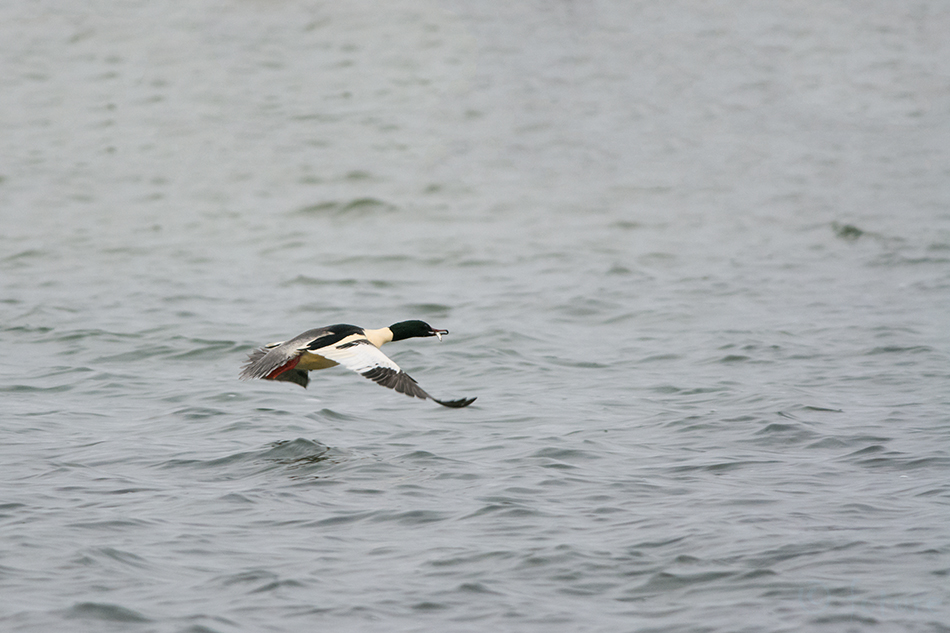Mpumalaga provintsis, LAV-s kohtuvad Blyde (afrikaani keeles Rõõm) ja Treuri (Lein) jõed. Kohtumiskohas kukuvad nad kalju veerelt kuristikku.
Blyde (in afrikaans Joy) and Treur (Mourning) rivers meet in Mpumalanga provinvce, South Africa. At the confluence they plummet to the abyss below.
Kuna need jõed on selles paigas ristunud juba kümneid sajandeid ning on oma teel siia kaasa toonud nii liiva kui kive, siis ongi liivakivikaljudesse uuristatud sellised silindrikujulised augud. Silindrikujulised seetõttu, et jõgede ristumisel tekivad keerised, mis siis liiva ja kivipuruga kaljut uuristavad.
As the rivers have crossed their paths in this place for centuries and brought along sand and stones, there are now cylindrical potholes in the sandstone bedrock. The holes are cylindrical due to the vortex of water when two river meet - the sand and stone particles graze the sandstone in circles.
Koha nimi (Bourke'i õnneaugud) tuleneb aga sellest, et kunagi arvas üks härra, nimega Tom Bourke, et siin paigas võiks kulda olla. Tema ise küll ei leidnud midagi, kuid tema järel õnne otsima tulnud kullakaevajad avastasid piirkonnast tõepoolest suured kullavarud. Kuigi jah, Bourke'i õnneaugud on seega pigem irooniline nimi.
These natural sculptures are named after a prospector, Tom Bourke, who hoped to find gold at this site. He was unsuccessful, but other prospectors who followed him, had much more luck in the area and found large gold depositories. Well, the name is therefore a bit ironical, I would say.

































